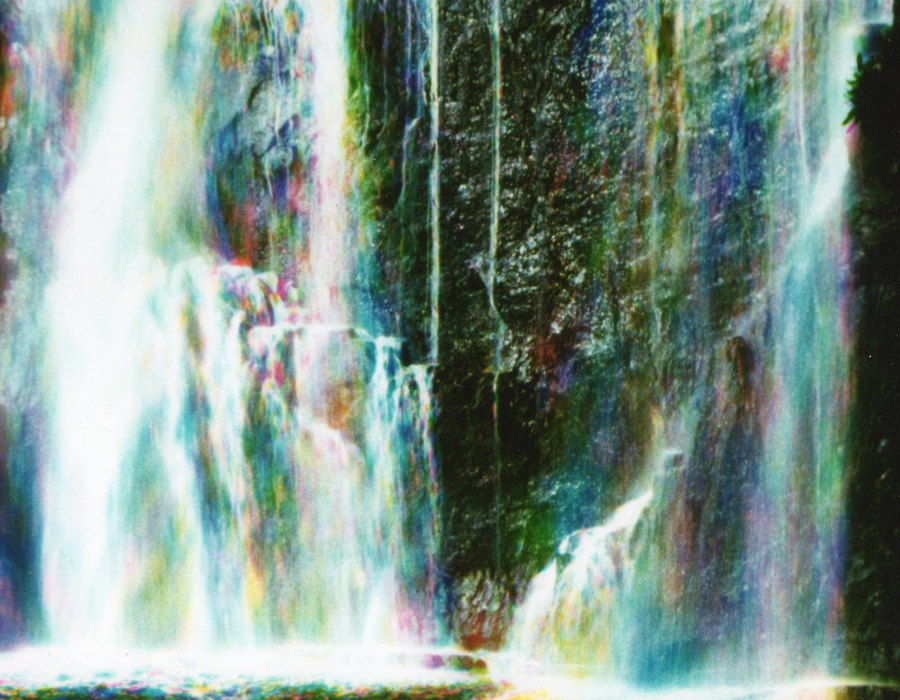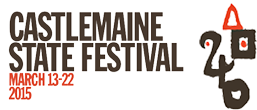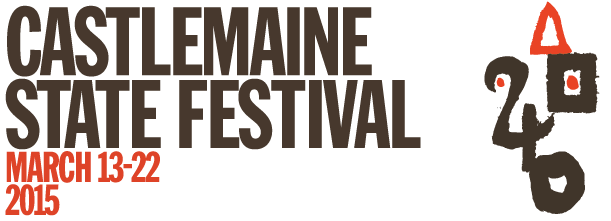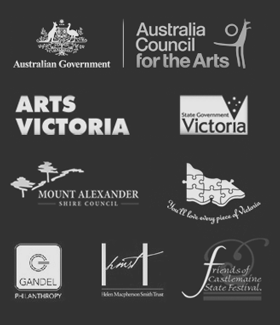
P ioneering avant-garde filmmakers Arthur and Corinne Cantrill consider their 50 years of filmmaking collaboration, including their influences, the various film genres they explored, and the meanings behind their work.
ioneering avant-garde filmmakers Arthur and Corinne Cantrill consider their 50 years of filmmaking collaboration, including their influences, the various film genres they explored, and the meanings behind their work.
PROGRAM 1 — the first films: the 1960s
Shown in this program are some of the Cantrill’s first films made during the early 1960s in Brisbane, and from their time in London in 1966. This early period included films for children’s television programs, art documentaries and their first foray into experimental films.
The first films included collaborations with sculptor Robert Klippel, composer Larry Sitsky and mime artist Will Spoor, as well as the Cantrills’ work in animation and Arthur’s first experiments with sound composition.
In the mid-1960s they produced several documentaries about artists, then from 1968 they began their life-long research into the essence of film and the possibilities of experiment.
PROGRAM 2 — films from the early 1970s
In mid-1969, the Cantrills returned to Australia from London. Arthur took up a Fellowship in the Creative Arts at ANU in Experimental Filmmaking (1969–70). This was a dynamic and productive period in their work. Formal concerns with the structure of the filmstrip and perception of the image ‘refreshed’ 24 times a second were explored. The use of colour film was now a major factor in their work, as was their ongoing preoccupation with Australian landscape as subject: Bouddi and Earth Message. They also made two feature-length experimental films made during this time, as well as their groundbreaking Expanded Cinema performances.
While Arthur held university lecturing positions in the USA (1973–75), the Cantrills showed their work widely in North America. In 1975, they were the first Australian filmmakers to be offered a Cineprobe at the Museum of Modern Art in New York.
PROGRAM 3 — films from the mid-1970s
Studies in Australian Landscapes and the Influence of Walter Baldwin Spencer
Beginning with Bouddi in 1970, the Australian landscape and its importance to the first Australians becomes central to the Cantrills’ films, with the landscape brought to the foreground rather than being a background to action. Two trips to Central Australia following Baldwin Spencer’s travels produced many landscape films, including two feature-length films on Uluru.
At this time, alternatives to the palette of available film materials were explored in the use of irregular film stocks and, in their 3-colour separation studies, filmed on colour-filtered black and white negative. They continued to use multi-screen projection to break free from standard film exhibition.
PROGRAM 4 — later films: 1988–2006
The age of photo-chemical filmmaking was coming to an end. The Cantrills made use of one of the finest film materials, Kodachrome, often projecting the 16mm or Super 8mm camera originals, rather than reducing the image quality through printing. A homage to this film material was presented in their film/theatre performance, Projected Light: On the Beginning and End of Cinema, first presented in 1988 at La Mama Theatre, then overseas. As film laboratories disappeared, the Cantrills began to process high-contrast black and white 16mm negative themselves for their last 3-colour separation work, so continuing their artisanal approach to filmmaking.




